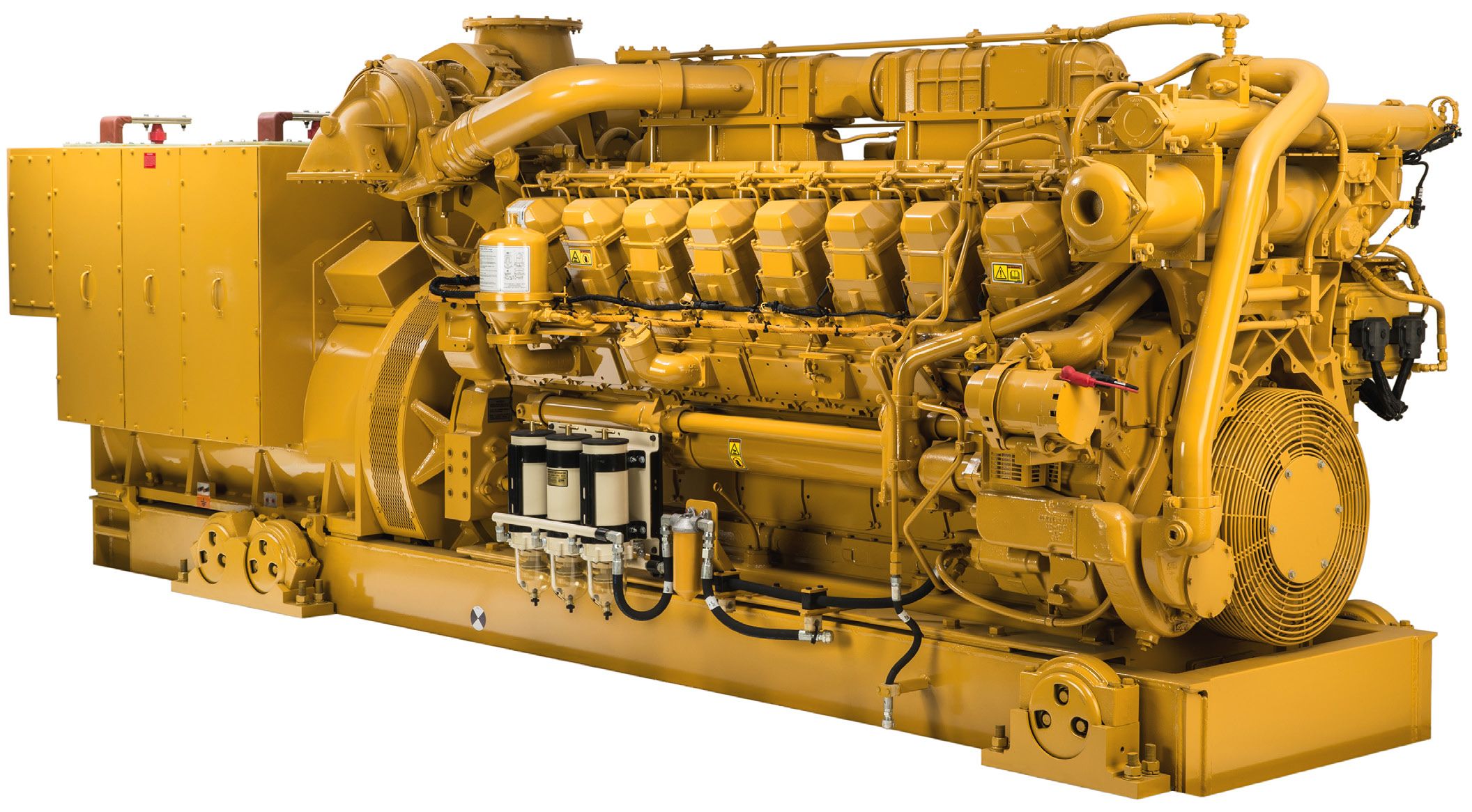Automobile Parts Shop Offering Engines for Africa: Your Resource for Quality Automobile Components
The Quest for Ultimate Driving Power: Checking Out the Pinnacle of Engine Performance and Technological Advancements in the Automotive Market
In the world of auto engineering, the search of maximum driving power has been a ruthless pursuit that has unravelled with the evolution of engine layout and the integration of advanced technologies. From the thorough workmanship of combustion engines to the fast innovations in electrical propulsion systems, the automotive sector stands at the cusp of a new period characterized by unmatched efficiency capacities. As researchers and designers delve deeper into the realms of computational fluid characteristics and discover cutting-edge gas modern technologies, the horizon of possibilities broadens tremendously. Stay tuned as we unravel the elaborate tapestry of technological breakthroughs that are shaping the future of automotive power and efficiency.
Evolution of Engine Design
:max_bytes(150000):strip_icc()/125176351-57ab52f35f9b58974a077a94.jpg)
Additionally, the integration of turbocharging and supercharging modern technologies has reinvented engine layout by boosting power without substantially increasing engine size. These forced induction systems compress the consumption air, permitting for more fuel to be ignited, therefore generating better power outcome from a smaller sized engine. This development has been particularly essential in improving the efficiency of smaller variation engines while maintaining fuel performance criteria.

Performance-Enhancing Fuel Technologies
The implementation of sophisticated gas innovations has substantially added to boosting engine performance in contemporary lorries. Biofuels, obtained from renewable resources like corn, sugarcane, or algae, deal lowered discharges and improved engine efficiency. Additionally, gas ingredients and detergents are being created to tidy engine elements, optimize burning, and reduce friction, thereby boosting total automobile performance.
Innovations in Electric Propulsion
Substantial strides in electric propulsion innovation have actually changed the automotive industry, leading the way for a brand-new era of reliable and sustainable transportation. Electric vehicles (EVs) are obtaining appeal because of their ecological advantages and innovations in battery modern technology, enabling longer driving arrays and much shorter billing times. Suppliers are spending greatly in r & d to boost the efficiency of electrical propulsion systems, focusing on enhancing power outcome, improving power efficiency, and minimizing overall weight.
One significant development in electrical propulsion is the growth of sophisticated electric motors that deliver greater torque and power thickness, resulting in boosted velocity and overall driving performance. Furthermore, regenerative stopping systems have actually been fine-tuned to store and capture power throughout slowdown, more enhancing the effectiveness of EVs.
Moreover, the assimilation of clever modern technologies, such as fabricated intelligence and anticipating analytics, is enhancing the administration of electrical propulsion systems, ensuring ideal performance under numerous driving conditions. These developments in electrical propulsion are improving the auto landscape, driving the market towards a more sustainable and electrified future.
Influence of Computational Fluid Characteristics
With innovations in electrical propulsion pushing the boundaries of automotive technology, the assimilation of Computational Fluid Dynamics is playing a critical function in optimizing wind resistant performance and improving total efficiency in vehicle design. Computational Liquid Characteristics (CFD) entails using computer system simulations to assess the flow of air around an automobile, enabling designers to forecast how design modifications will certainly affect the rules of aerodynamics without the need for pricey physical models. By accurately modeling air movement patterns, CFD enables for the improvement of lorry forms to minimize drag, boost cooling, and enhance security.
CFD makes it possible for designers to enhance air movement around parts such as radiators, engine bays, and wheel wells, adding to boosted performance and overall driving experience. In final thought, the integration of Computational Fluid Dynamics stands for a considerable action ahead in the quest for ultimate driving power and efficiency in the auto sector.
Future Patterns in Engine Advancement
In the vibrant landscape of automotive design, cutting-edge developments are shaping the future trajectory of engine innovation. The future of engine style is noted by a strong focus visit site on efficiency, sustainability, and efficiency. Suppliers are significantly concentrating on creating engines that not just deliver high power outputs but likewise focus on environmental obligation by reducing exhausts and improving gas effectiveness.
One prominent pattern in engine innovation is the increase of electrification. Crossbreed and electrical powertrains are acquiring grip as feasible choices to conventional combustion engines. These innovations provide the capacity for substantial decreases in carbon emissions and boosted power efficiency, aligning with international efforts to deal with climate change.
In addition, advancements in materials scientific research and production strategies are internet making it possible for the production of lighter and more long lasting engine components. This shift in the direction of light-weight materials such as carbon fiber and light weight aluminum alloys adds to enhanced efficiency and fuel economic climate.
Conclusion
Finally, the search of utmost driving power in the automotive market continues to drive improvements in engine design, fuel innovations, electric propulsion, and computational liquid dynamics. The development of these modern technologies is forming the future of engine advancement, leading the method for more effective and reliable automobiles (engines for africa). As the sector continues to push the limits of what is feasible, we can anticipate to see also extra revolutionary growths in the pursuit for peak performance
One of the crucial milestones in engine layout advancement is the change from traditional carbureted engines to modern fuel-injected systems. By specifically metering the fuel delivery to each cylinder, fuel-injected engines maximize burning, resulting in better efficiency and lowered ecological effect.
Moreover, the combination of turbocharging and supercharging modern technologies has transformed engine design by enhancing power without dramatically enhancing our website engine size (engines for africa).The application of innovative fuel technologies has significantly contributed to enhancing engine efficiency in modern-day lorries. Additionally, gas ingredients and cleaning agents are being formulated to clean engine parts, maximize burning, and decrease rubbing, therefore improving general vehicle performance